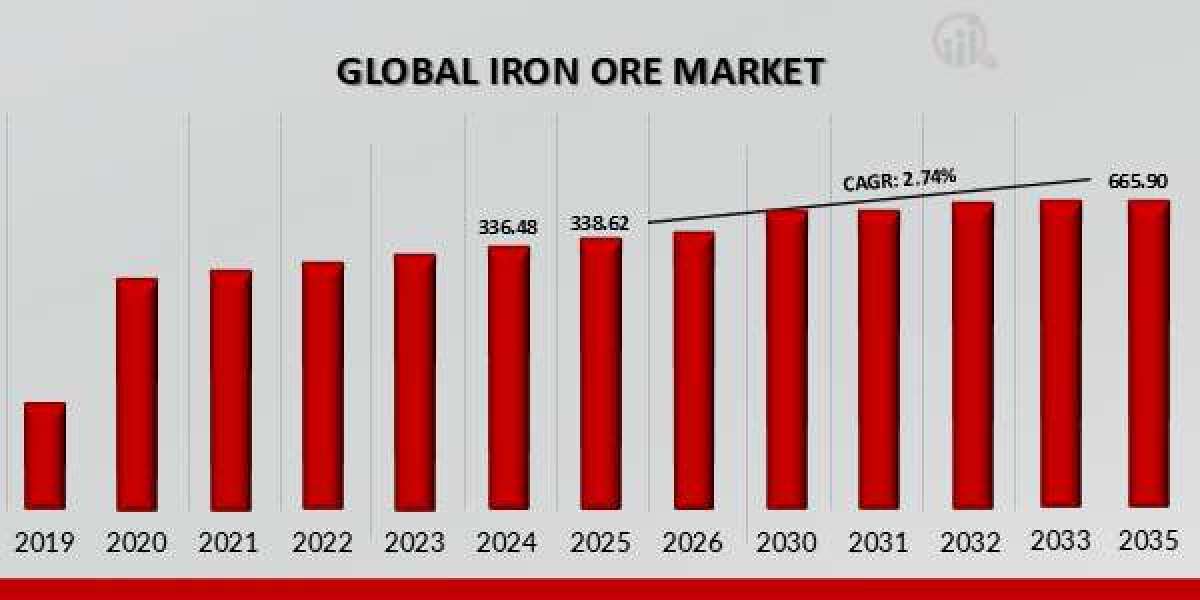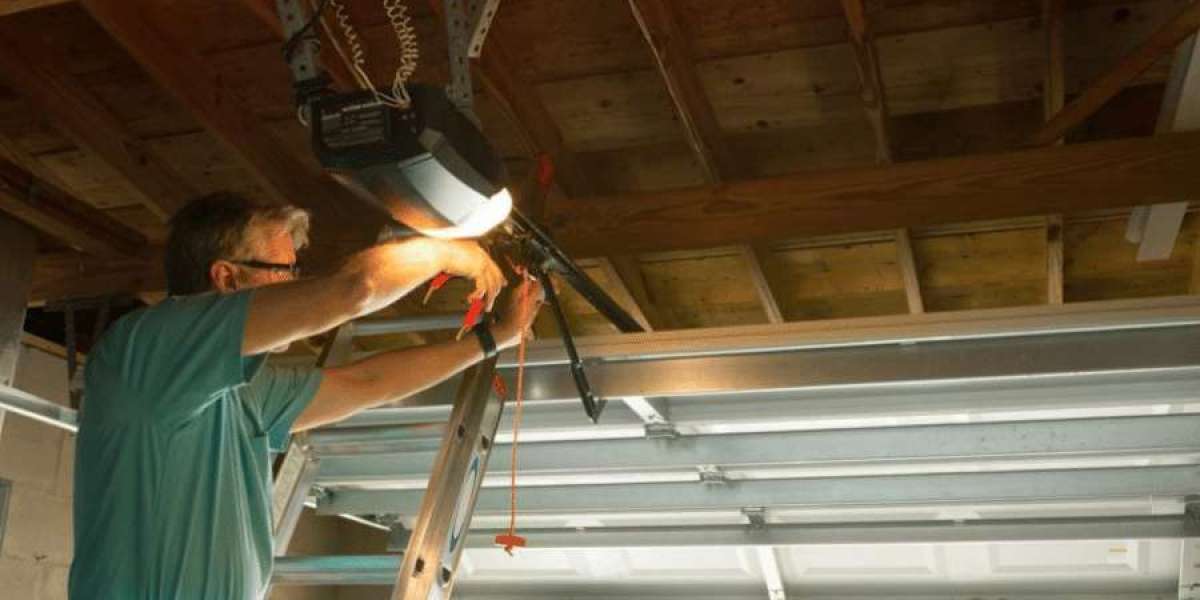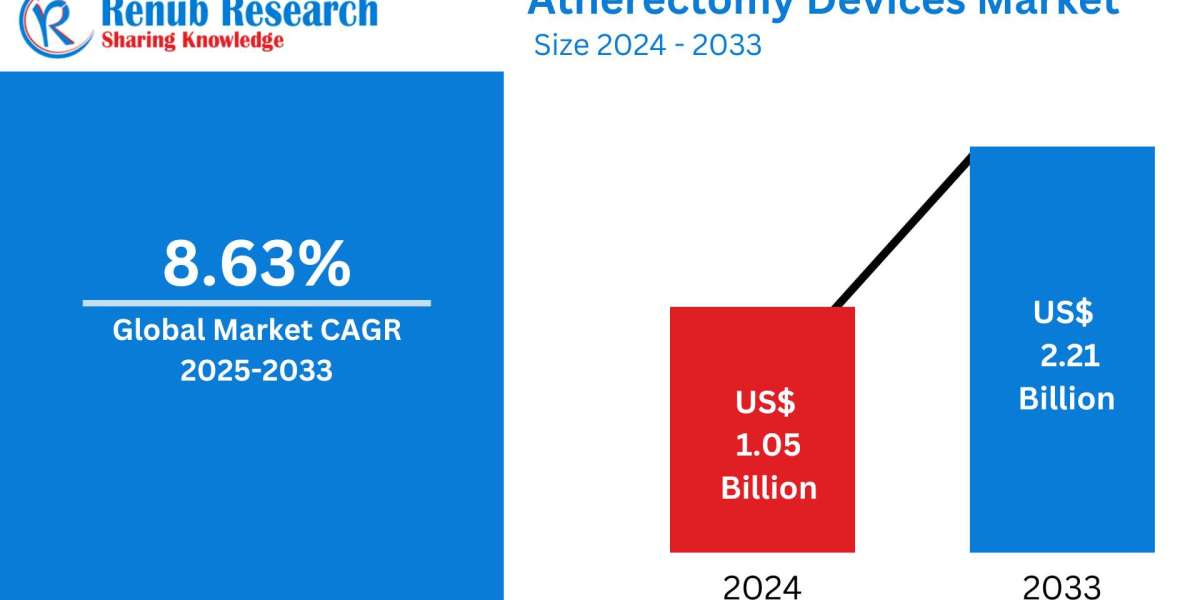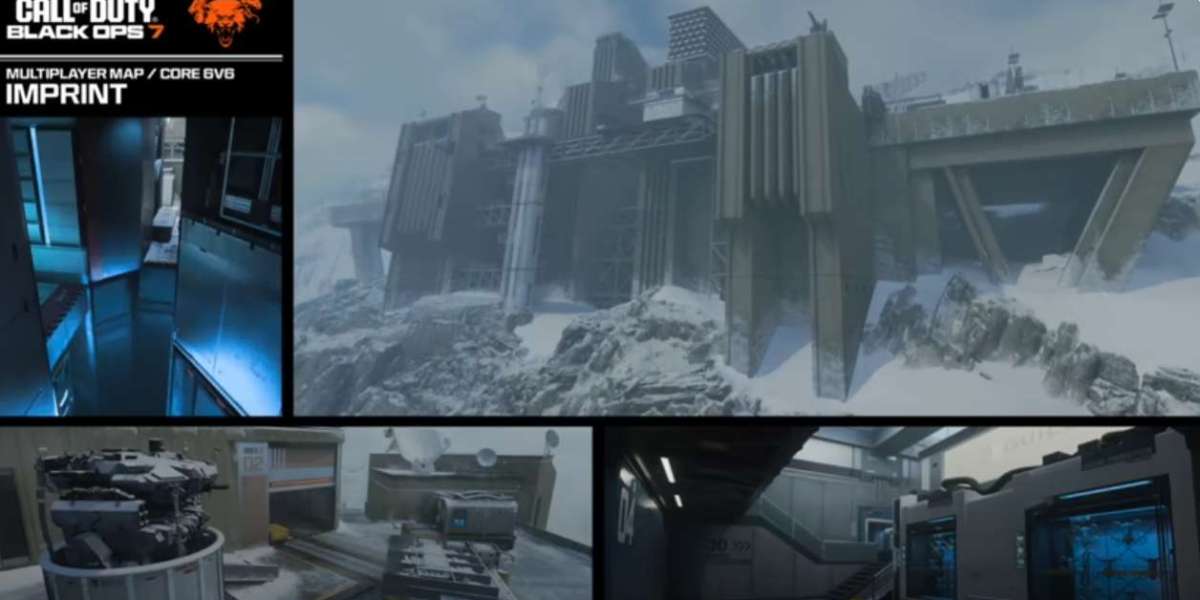The iron ore market plays a fundamental role in the global economy, acting as the backbone of the steel industry and influencing the infrastructure, automotive, construction, and manufacturing sectors. Iron ore, being one of the most crucial raw materials in steelmaking, directly impacts the development patterns of nations. With rapid industrialization and urbanization across emerging economies, the demand for iron ore has seen a dynamic shift over the years, driven by both supply-side constraints and demand-side opportunities.
Iron ore is primarily extracted from open-pit mines and then refined for use in blast furnaces or direct reduction processes. The most commonly traded types are hematite and magnetite ores, with hematite being more preferred due to its higher iron content. Countries rich in iron ore reserves such as Australia, Brazil, India, and Russia dominate global supply, with Australia and Brazil leading in high-grade ore exports. These countries cater to the surging demand, especially from Asian powerhouses like China and India.
China remains the largest consumer of iron ore globally due to its massive steel production needs. The country uses iron ore to produce steel for infrastructure development, real estate, automotive parts, shipbuilding, and numerous consumer goods. China's robust demand often dictates global price movements, making it a central player in the market. Any changes in China’s industrial output or construction activities typically reflect in iron ore prices worldwide.
The price of iron ore is determined by various factors including quality, freight costs, global trade relations, geopolitical events, and currency fluctuations. Market speculation, policy shifts, and natural disasters such as cyclones in mining regions also cause volatility. Moreover, iron ore contracts are increasingly traded on commodity exchanges, further influencing price discovery mechanisms. Over the years, prices have experienced significant highs and lows, reflecting the delicate balance between supply and demand.
On the supply side, mining companies continually strive to optimize production, reduce costs, and comply with environmental standards. The iron ore industry has also witnessed increased automation and digitalization in mining operations. Advanced technologies such as real-time data monitoring, predictive analytics, and remote operations centers are being employed to improve efficiency and reduce environmental impact. However, challenges like fluctuating demand, rising operational costs, stringent regulations, and depletion of high-grade ores pose ongoing concerns for suppliers.
Environmental considerations are becoming increasingly critical in shaping the iron ore market. The extraction and transportation of iron ore contribute to land degradation, deforestation, and greenhouse gas emissions. Governments and environmental agencies are now pressing mining firms to implement more sustainable practices. As a result, companies are investing in cleaner technologies, rehabilitation of mining sites, and reduction of carbon footprints. The trend toward “green steel,” produced using hydrogen-based processes instead of coke, is also gaining traction, potentially impacting future iron ore demand patterns.
Global trade dynamics and geopolitical developments continue to influence the iron ore market significantly. Trade agreements, tariffs, and diplomatic relations between major economies can open or restrict market access, affecting pricing and availability. For instance, tensions between Australia and China have, in the past, disrupted trade flows and caused uncertainty. As nations seek to diversify their sources of raw materials and reduce dependency, new markets are emerging, and alternative trade routes are being explored.
The rise of recycling and secondary steel production is another trend influencing the iron ore market. As economies become more circular and focus shifts toward sustainability, scrap metal usage is increasing in steel production, especially in developed countries. While this reduces dependency on virgin iron ore, the demand still remains strong in regions experiencing infrastructure growth and where scrap availability is limited.



